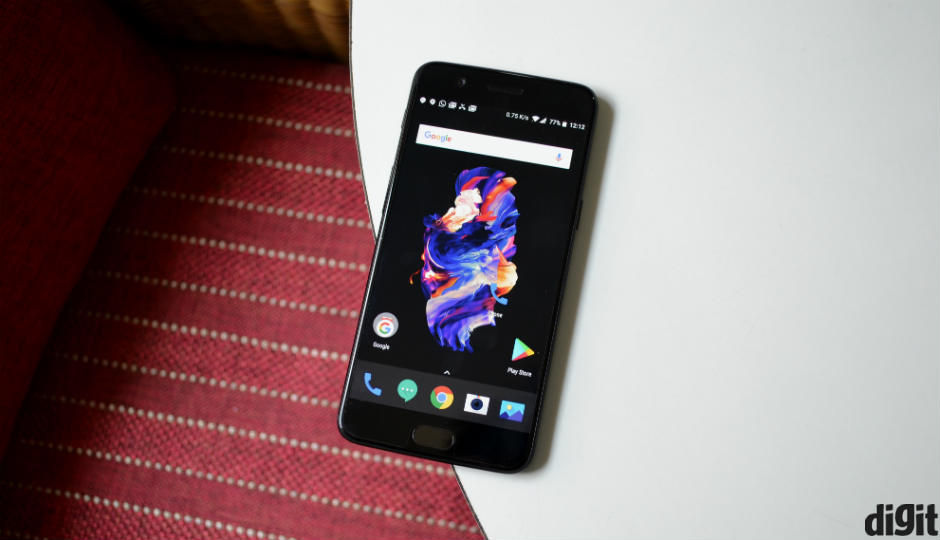
OnePlus 5 detailed review
I’d like to start this review of the OnePlus 5 with the bottom-line right at the top. If you are looking for pure performance (speed), a near-stock Android experience and bang for the buck in a flagship Android smartphone, there’s nothing better than the OnePlus 5. But hey, that just sounds like the bottom line for OnePlus 3/3T! Doesn’t it?
Not much has changed in terms of the overall promise, and while that might just be the right approach for OnePlus, consumers do expect more.
Looks, design and build quality: A good looking look-a-like

Open the box, and you are greeted with a very familiar front, the OnePlus 5 looks almost the same as the OnePlus 3T (review). Turn it around and reminds you of the iPhone 7 Plus(review), hold the iPhone 7 Plus next to it and it starts looking like its twin brother. But that doesn’t take anything away from the fact that the OnePlus 5 is a good-looking smartphone that does feel premium and well-crafted in every sense. With a slim 7.25mm waist line (thickness), the OnePlus 5 feels reasonably ergonomic and easy to manage for a smartphone with 5.5-inch display. The overall length and width of the device is almost same as the OnePlus 3T, so it doesn’t hold any surprises as far as ergonomics is concerned. The OnePlus 3T felt a lot more modern looking and competitive in terms of design when it was launched, but come 2017 and the goal post has clearly shifted. The Samsung Galaxy S8 (review)and the LG G6 (review) make the OnePlus 5 look a little dated in the looks and design department. So, a Samsung Galaxy S8 aspirant is very unlikely to be swayed by the lower price tag of the OnePlus 5. When it comes to build quality, design and overall finish, the OnePlus 5 leaves you with very little room for complaints. The camera lens bump at the back, perhaps could have been avoided. In fact, a flush camera at the back would have given OnePlus 5 an excellent opportunity to swing back at everyone (including us), accusing OnePlus of copying the iPhone 7 Plus design – “Hey, we bettered the design, this is how you make your first dual camera flagship”.
As it stands, the OnePlus 5 does feel premium and well made for its price point. It went with a rather safe design, robbing itself the chance to create a unique identity in the crowded flagship market.
To see more shots of the device, scroll down to the bottom of the review.

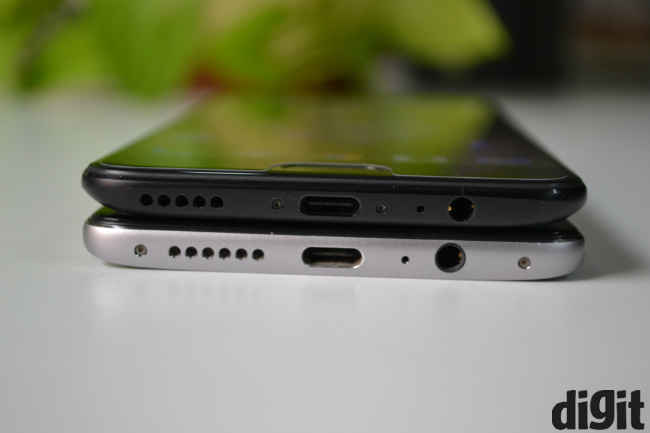
5.5-inch 1080P AMOLED: A tried and tested approach, nothing to complain or celebrate about
The display on the OnePlus 5 is almost the same as the OnePlus 3T. It’s sufficiently bright, clocking 750 lux of brightness as per our tests, comfortably putting it in the flagship league. It is an AMOLED panel, so you get awesome contrast along with slightly oversaturated (some call it vivid) colors. Thankfully, OnePlus has done a wonderful job of offering a choice to select display profiles. Switching the color profile from “Default” to “sRGB” was the first thing that I did after entering the settings menu. When testing outdoor visibility under direct sunlight, I did occasionally find the brightness to be inadequate. But, nothing that can pose issues or hamper usability. The OnePlus 5 ships with a pre-applied screen guard, and it really sucks. It’s anything but scratch resistant, attracts a lot of finger prints and steals the thunder away from the AMOLED display. I strongly recommend you get rid of the screen guard immediately, almost like a ritual once you unbox the phone. As much as I’d want it, I can’t simply ignore and brush the screen pixel density topic under the carpet. Yes, the 5.5-inch screen is still at 1080p, while flagships have moved on to QHD displays. For me, on a 5.5-inch screen, QHD is clearly an overkill. It delivers far lesser benefits in comparisons to the potential drawbacks it poses. The PenTile RGBG display on the OnePlus 5 treads on the borderline of adequate sharpness needed for a 5.5-inch device. The 5.5-inch IPS RGBW display on the iPhone 7 Plus feels visibly sharper at the same 1080p resolution. Overall, the display sharpness on the OnePlus 5 is absolutely fine and does not leave you wanting. It’s only when you hold a QHD screen based phone next to it, that you start discerning and realizing the difference.
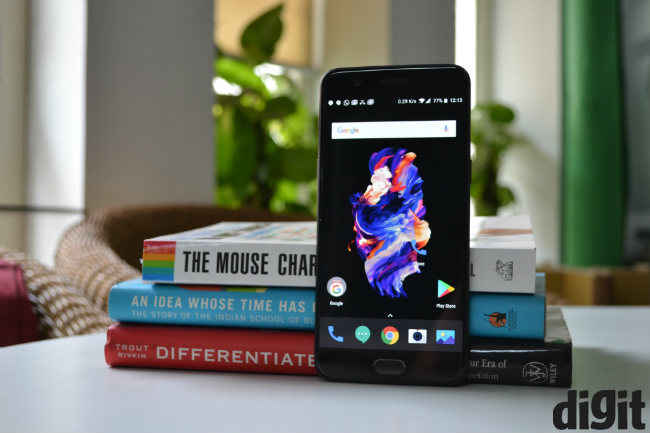
Performance: This thing is fast, really fast!
Plonk the fastest available SoC on a 1080p device, layer it with stock Android goodness and optimize the living daylights out of it. What you get is a OnePlus 5. If I was to draw a parallel, it’s like how they tune rally cars. Fit it with a performance engine, strip the car of all possible weight and optimize the suspension for speed and handling to tackle the most ridiculous of corners. The OnePlus 5 is built like one. Sure, they went a wee bit too far ahead on the optimizing bit, making the phone perform at break neck speeds on benchmarks when it is supposed to behave closer to real world performance. But, that by no means can take away the fact that the OnePlus 5 is the fastest Android phone in the market today, not just in terms of synthetic benchmarks but how it feels and performs on regular usage. From app load times, to multitasking, browsing and heavy gaming, the OnePlus 5 makes light of everything you throw at it. And yes, we never encountered any serious heat issues with the device. Upon prolonged gaming sessions, the device goes get a bit warm (understandably so with the metal back dissipating heat), but it never comes anywhere close to being uncomfortable or alarming. We didn’t expect any different either, the 10nm Snapdragon 835 is quite a cool cucumber.
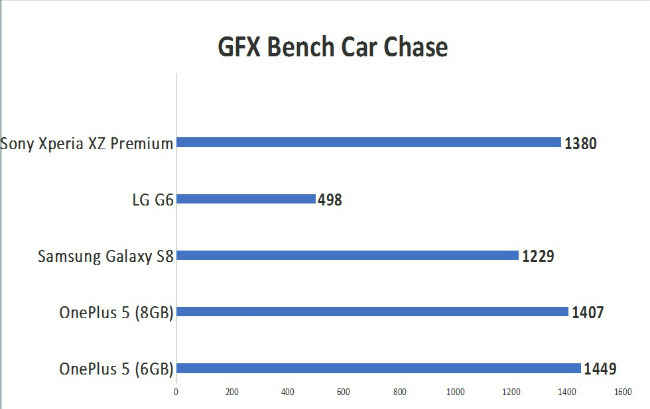

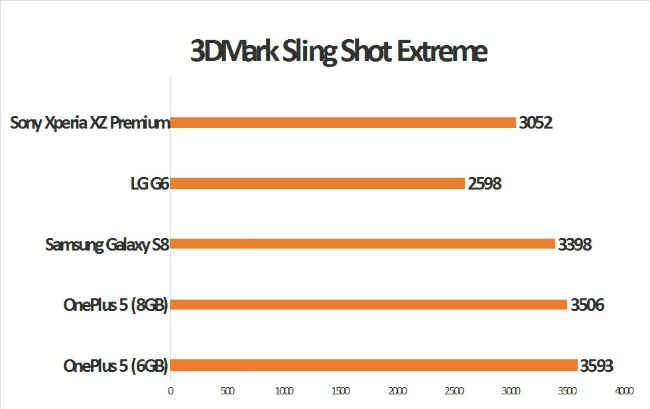
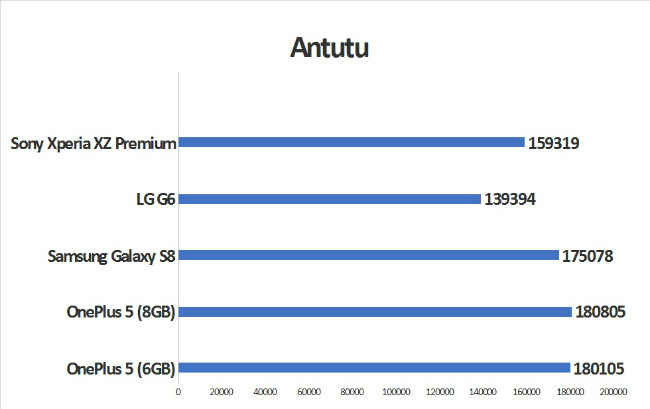
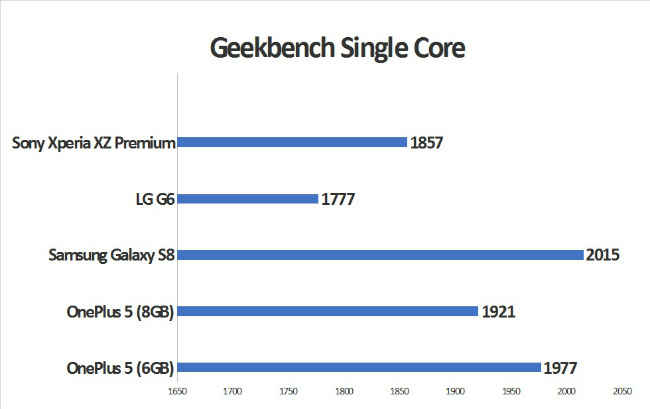
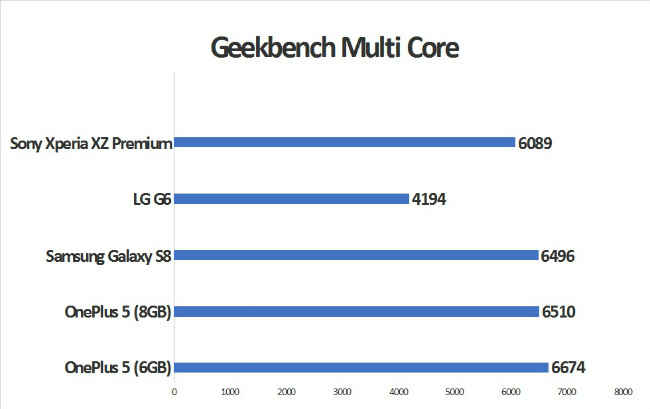
During benchmarking as well as real world testing, we struggled to find any noticeable difference between the 6GB and 8GB variants of the OnePlus 5. In fact, in some of the synthetic benchmarks, the 6GB variant managed to nose ahead of the 8GB model. You’d buy the expensive 8GB/128GB variant for the extra 64GB storage rather than 2 gigs of additional RAM. With Android being increasingly optimized for performance and memory usage, it’s highly unlikely that you would need more than 6GB of RAM for at least the next 2 years. Especially when you are on a close-to-stock Android build, like the OnePlus 5 is and will stay so for foreseeable future.
And, last but not the least, the finger print sensor at the front, which now wears a shiny new ceramic coat is blazing fast, blazing fast and accurate would be the right way to put it. Not sure if I can call it the fastest finger print sensor in the business today, simply because I haven’t rested my fingers on all of them. But, what I surely say is that it takes the speed and response out of the equation. I never faced a noticeable delay or rejection across the entire review period.
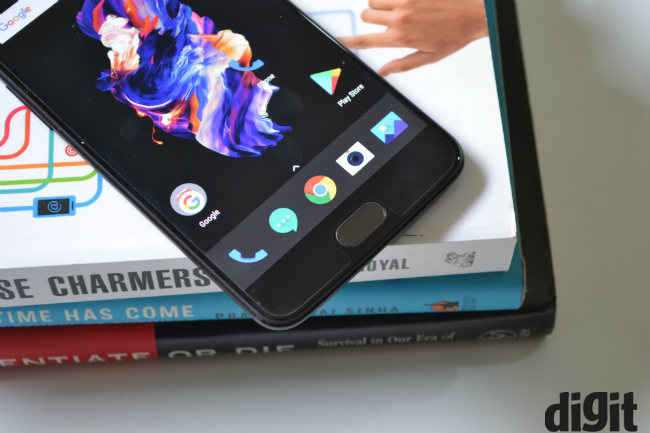
The OnePlus 5 Camera: Dual camera, clearer photos; but we expect more
OnePlus flagships have never managed to lead and set an example on the imaging front. The OnePlus One perhaps came very close to making a statement with its very capable imaging system that was heavily riding on the software and image processing engine that came with the 13MP shooter. The OnePlus 5 camera is surely an upgrade to the OnePlus 3T in terms of overall shooting prowess. At 1/2.8” (6.4mm), the 16MP Sony IMX398 sensor powering the main camera is no cigar in terms of sheer sensor size or even the pixel size (1.12 μm). It is however, a dual-pixel sensor, making it a lot more capable in terms of focusing speed and accuracy (more on this later). OnePlus has put more focus on the lens than the sensor, with a large f/1.7 aperture, the OnePlus 5 is evidently better equipped to deal with low light situations in comparison to the OnePlus 3T, or for that matter many of the previous gen flagships. But, the biggest win for OnePlus 5 camera, in my books, would be the speed of capture, the focusing system, scene evaluation algorithms and image processing engine. All of which seem to work in perfect harmony to dish out a mighty fast camera that excels in focusing accuracy, speed and accurate white balance. As a result, the camera seldom suffers from delay in capturing that magic moment. Despite lacking an OIS, the OnePlus 5 camera served us with blur free low-light images. If I were to choose between pixel-level image quality versus immediate (and accurate) focusing coupled with blazing fast capture, I’d do with the latter. No, I am not comparing the OnePlus 5 with the Google Pixel here, no play of words. The Google Pixel is a far better camera in every department. Arriving on the pure image quality front, the OnePlus 5 is neither the sharpest nor the most detail oriented shooter, pixel peepers looking for clean images with minimal loss of detail and razor-sharp quality at 100% crop will not be satisfied with the OnePlus 5. The overall image output of the main 16MP camera on the OnePlus 5 is on the softer side. The OnePlus 5 will give you ultra-fast focusing and capture time, immediate image processing, good low-light performance and accurate light metering. But, it won’t bowl you over with its dynamic range, detail levels and noise control.
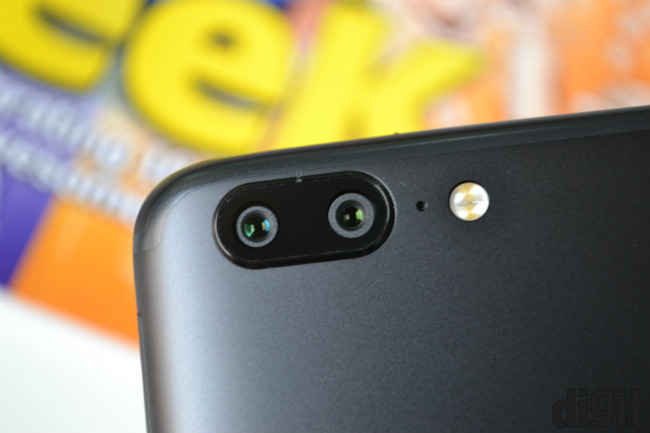
Here are some resized camera samples, followed by a comparison of the camera against the Apple iPhone 7 Plus and the Google Pixel XL. More such shots are at the bottom of the review.

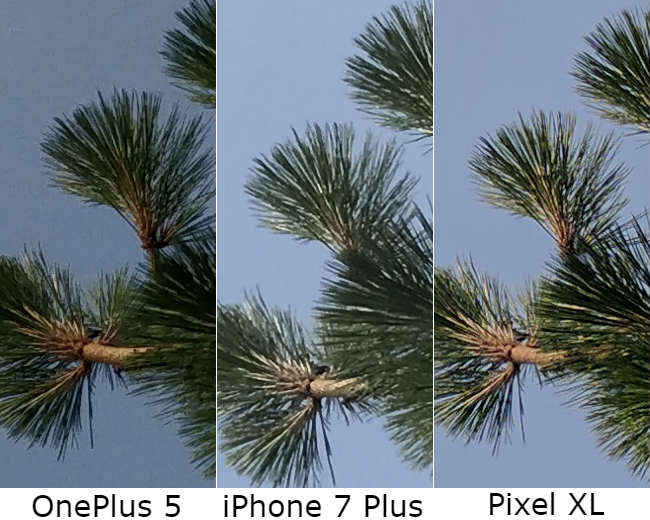

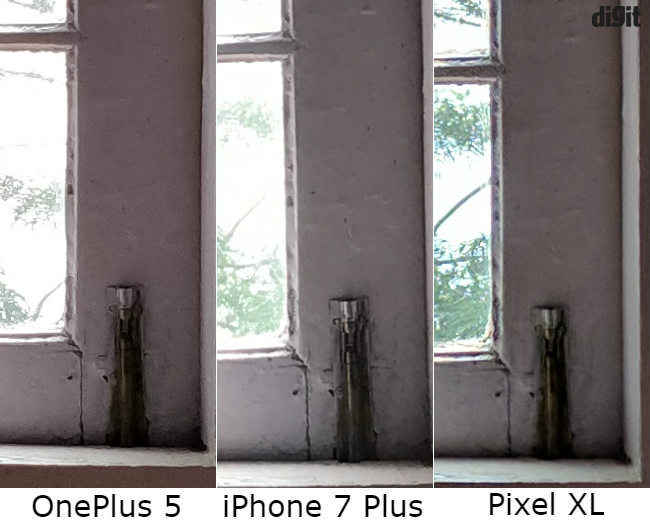

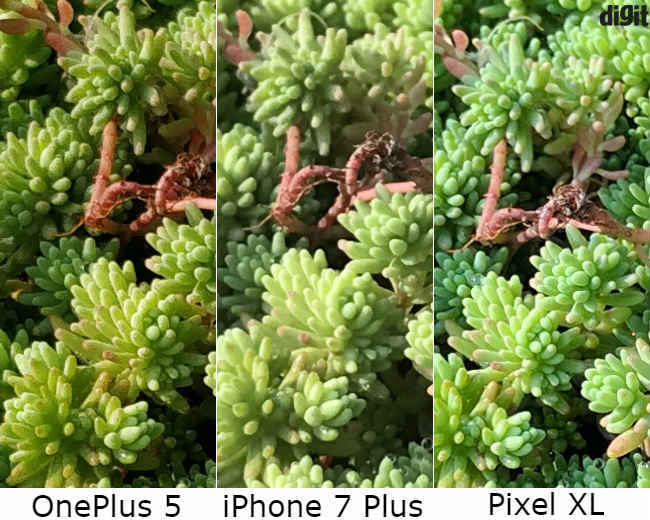





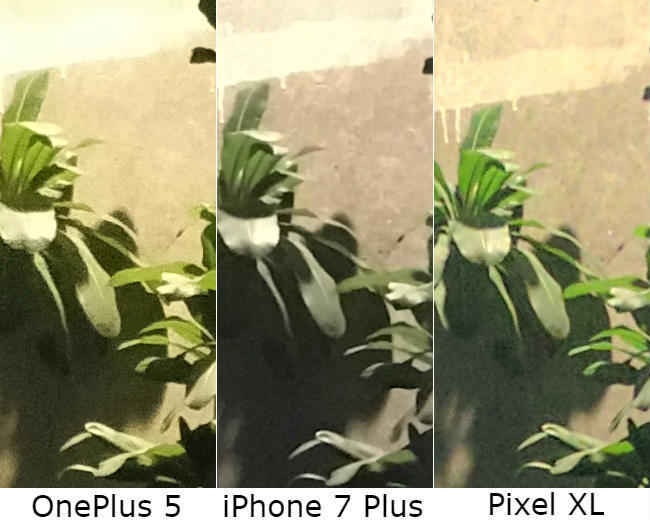
1.6x Optical Zoom: Brings you closer, but what’s with the mush?
Heading to the second telephoto unit (the dual camera bit), the 20MP secondary camera on the OnePlus 5 brings in 1.6x optical zoom to the OnePlus 5, the same way the iPhone 7 Plus offers 2x zoom with its telephoto secondary camera. With as many as 20 megapixels crammed on 1/2.8-inch sensor with 1.0 μm pixel size, the telephoto performance is somewhat similar to the main camera. Fast and accurate focusing, instant capture and accurate white balance performance. However, the 20MP shots are on the softer side, even more than the results from the 16MP main camera. The f/2.6 lens doesn’t help proceedings either, low-light shooting is certainly not its forte and you’d often find excessive noise creeping in. In its defense, OnePlus might contest the need to use 1.6X optical zoom in low-light scenarios. And I do agree to an extent, the need to go closer to the subject might arise more often when you are trying to capture a distant object, something that you would encounter when on a vacation or a trek. And more often, those captures are done in adequate lighting conditions. Having said that, perhaps OnePlus could have been wiser on the choice of sensor, a larger sensor with healthy pixel size rather than the pixel count would have certainly made the telephoto performance a lot better. Sure, at that focal length, you can only do so much on the lens side, can’t expect wide apertures on a telephoto lens that’s tucked inside a 7.25mm smartphone casing.

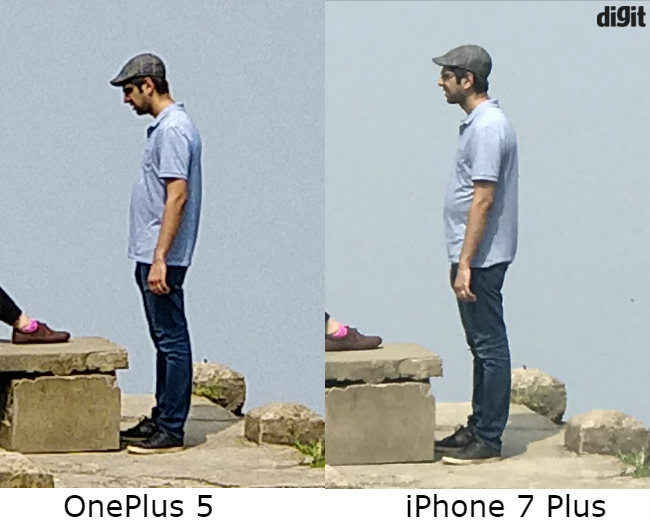

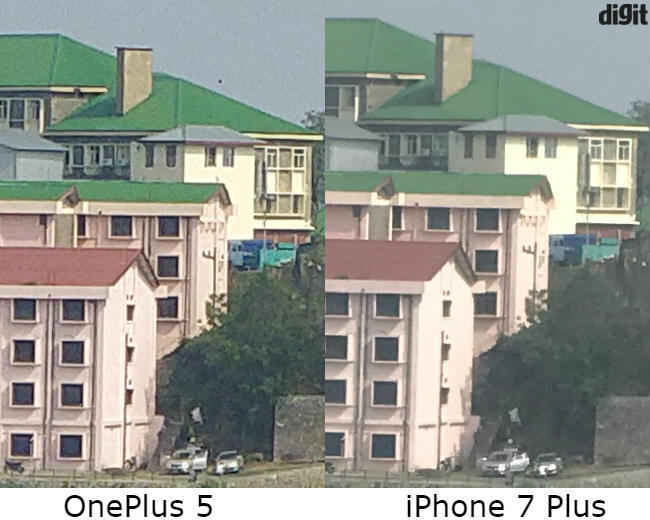
It’s got the modes: Portrait and Pro modes is a nice touch
The modes I like the most: HQ in default shooting and the Pro Mode when you want to experiment. The “HQ” mode which stands for High Quality (I assume), in my experience, the HQ mode keeps a tight watch on the ISO levels, trying hard to keep it as low as possible. It tries to compensate the lower ISO with lower shutter speed to maintain the same exposure levels. As long as you have good or even adequate light, the HQ mode delivers slightly better details, lesser noise and crisper images. Having said that, you can’t go HDR in the HQ mode. On the topic of HDR, the OnePlus does a fine job with HDR shots, It exhibits same speed of capture and processing when shooting in HDR. The Pro mode is another favorite of mine, though there’s only so much that you can achieve with the sensor on the OnePlus 5, it’s a nice option to tinker around and pursue that perfect shot. And, the intuitive interface really helps in ensuring you don’t spend too much time mastering it. The portrait mode comes in handy when you want to capture, well, portraits. It uses software-based image separation to blur out (soften) the background, offering the much sought after “bokeh” in portraits. When compared to the same mode in the iPhone 7 Plus, the OnePlus 5 did perform well, though the separation wasn’t as accurate. OnePlus 5 seems to soften the edges.




The video capture performance of the OnePlus 5 does deserve a special mention here. The Snapdragon 835 brings in Qualcomm EIS 3.0 to the OnePlus 5. Though, OnePlus does mention EIS as a key video feature, we recon it’s the Snapdragon 835 platform that should take due credit for the Electronic Image Stabilization tech on the OnePlus 5. Videos appear smoother and less jerky, and EIS stays in action even when you switch to 4K resolution. The OnePlus 5 offers a maximum of 10 minutes of 4K/UHD video capture in one go.
The Oxygen OS: That’s where it’s at. Totally!
The OnePlus philosophy of keeping Android as pure as possible with just a few minor tweaks that strictly add value and not bloat forms a huge part of its secret recipe. A recipe which is no longer a secret, and is also being practiced by Motorola and the upcoming Android smartphones from Nokia. Sure, the space for near stock Android phones is going to get tighter in terms of competition and I am sure OnePlus is aware of that. Not just aware, OnePlus seems to be working hard to stay as close to stock Android as possible, almost occupy the Nexus space that’s been there for the taking after Google dropped the ball on Nexus devices. And so far, OnePlus seems to be have achieved success.
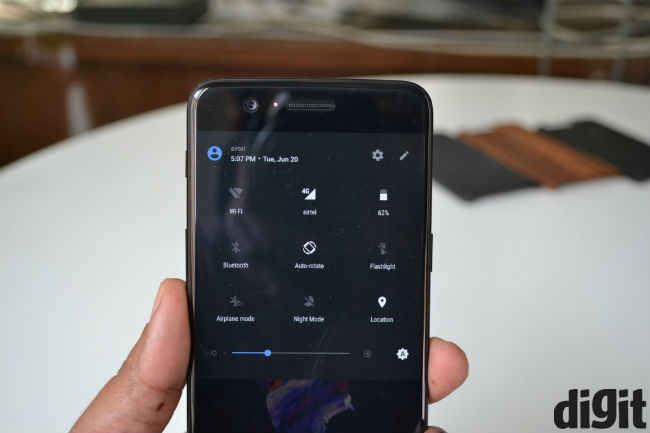
Based on Android Nougat (7.1.1), Oxygen OS stays very true to the Android Nougat experience while adding a few nifty features that enhance the functioning of the device. For instance, the app drawer icon is gone, swipe up to bring the app drawer on screen, OnePlus has added translucency to the app drawer, it does sort of make the overall interface feel more connected and seamless.
The OnePlus 5 gets a new “Reading Mode”. It essentially filters out the blue light and adjusts the sharpness and brightness of the display by using the ambient light sensor. The reading mode basically tries to simulate the reading experience delivered by e-ink readers, and it works well. Comes in handy, especially on AMOLED displays. You can either control the reading mode via display settings or program it to trigger when using specific apps. Under Advanced settings, you also get a “Gaming Do Not Disturb Mode”, quite a mouthful, that mode. But, it does come in handy when you don’t want to be disturbed by those pesky notifications and WhatsApp forwards. You can again select the apps that will trigger the DND mode automatically, saving the hassle of switching it on manually.
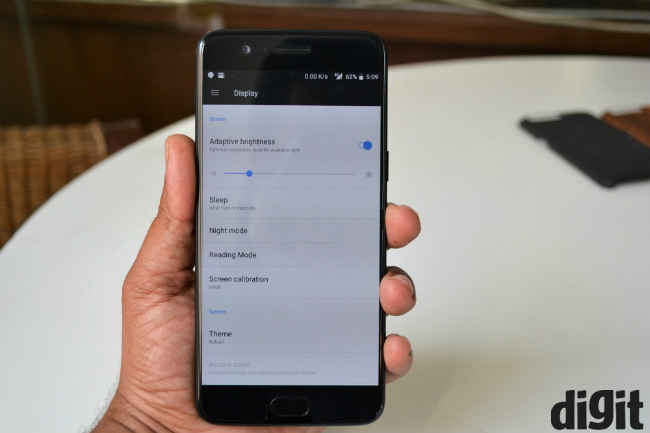
While the OnePlus 5 brings some nifty features, it offers a robust and bug free stock Android experience, which is more important in my book. Second only to the Google Pixel in terms of how an Android device should feel and function like. Besides Motorola, the real big threat to its “pure Android” promise will come from Nokia’s flagship Android smartphones. Nokia is said to be readying quite an arsenal and it’s been built on the same premise of “pure Android” experience. I wish Google would wake up and throw a spanner in the works by bringing back the Nexus. Whoa, that’d be the day! Yes, I miss Nexus. I still have 3 of them.
Battery life: All good, no surprises
At 3300 mAh, the battery capacity on the OnePlus 5 hasn’t changed at all, what has though is the SoC. The 10nm based Snapdragon 835 sips lesser battery juice, while running faster and cooler. All of which adds to the overall battery efficiency of the device. Moderate to occasional heavy usage will get you through the day without setting any alarm bells. In all likely hood, you’d be left with roughly 15% battery life towards the end of the day, assuming you started the day with a full charge. And, just in case you feel the need for a quick dash of extra juice, the Dash charge tech will ensure you get done with refueling in almost no time. However, OnePlus should seriously consider working on the weight and ergonomics of the charger (yeah, why not?). It’s block-like and at 105 grams, it does compete for the title of the heaviest smartphone charger in the world.
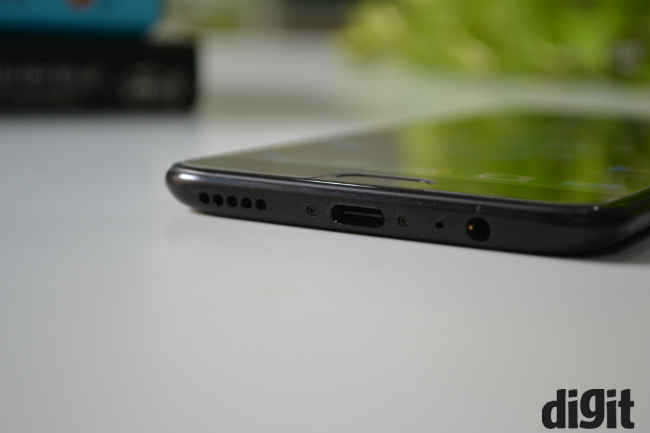
Decision time: So, should you buy the OnePlus 5?
At Rs. 38,000 for the 8GB/128GB variant, the OnePlus 5 starts nearing the flagships from Samsung and LG. And these competing flagships do sport some headline features that the OnePlus 5 misses out on. Evidently premium and differentiating bezel-less designs, high density displays, water proof certification and wireless charging, to name a few. Add the wider sales and support network along with the ability to check-out the phones to get a first-hand experience at nearest local stores, and it starts to look like a tall order for the OnePlus 5. Add the upcoming flagships on Snapdragon 835, the Moto Z and Nokia 9 (if that’s what they’re calling it) to the mix, and you are looking at two very capable options from top brands that will carry a similar promise of pure Android and latest hardware. Yup, all you Android fans and enthusiasts, you’re being spoilt for choice!
For OnePlus loyalists and users, the OnePlus 5 is almost a no brainer for anyone using the OnePlus 3 (review) or an older gen OnePlus device. Just buy it, the extra premium is worth it. OnePlus 3T users should ideally wait it out for the OnePlus 6, since they’d have invested in a new smartphone barely 6 months ago.
For the rest, OnePlus 5 is the right buy if pure performance and stock Android experience clearly carries 80% of the overall weightage in terms of what you want from your next premium smartphone. If looks, modern bezel-less design, top quality camera and an exhaustive feature set is what you seek in a flagship, the OnePlus 5 will struggle to convince you.
As promised, here are a few other shots of the OnePlus 5 as well as some more camera samples.




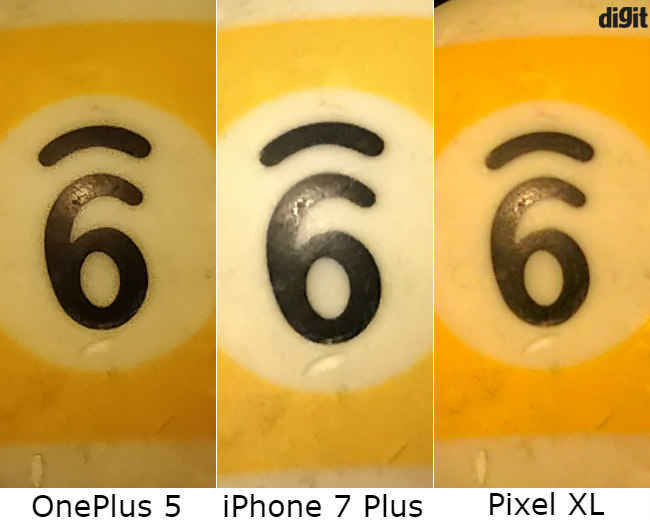


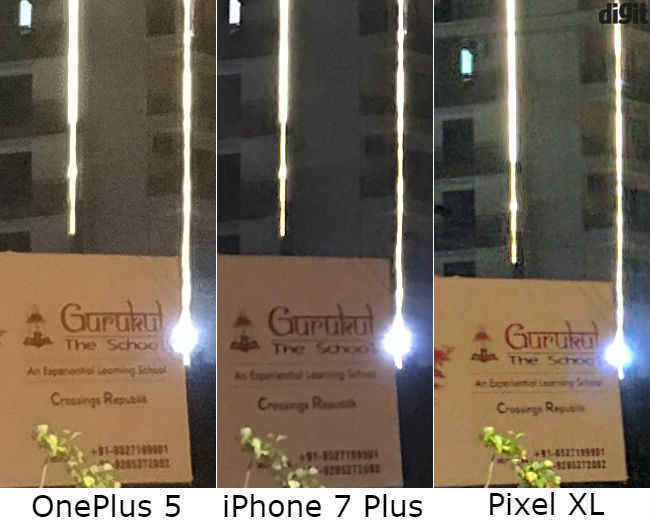
[ad_2]
Source link






